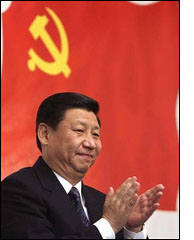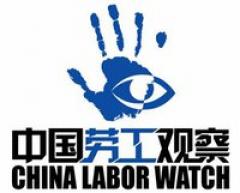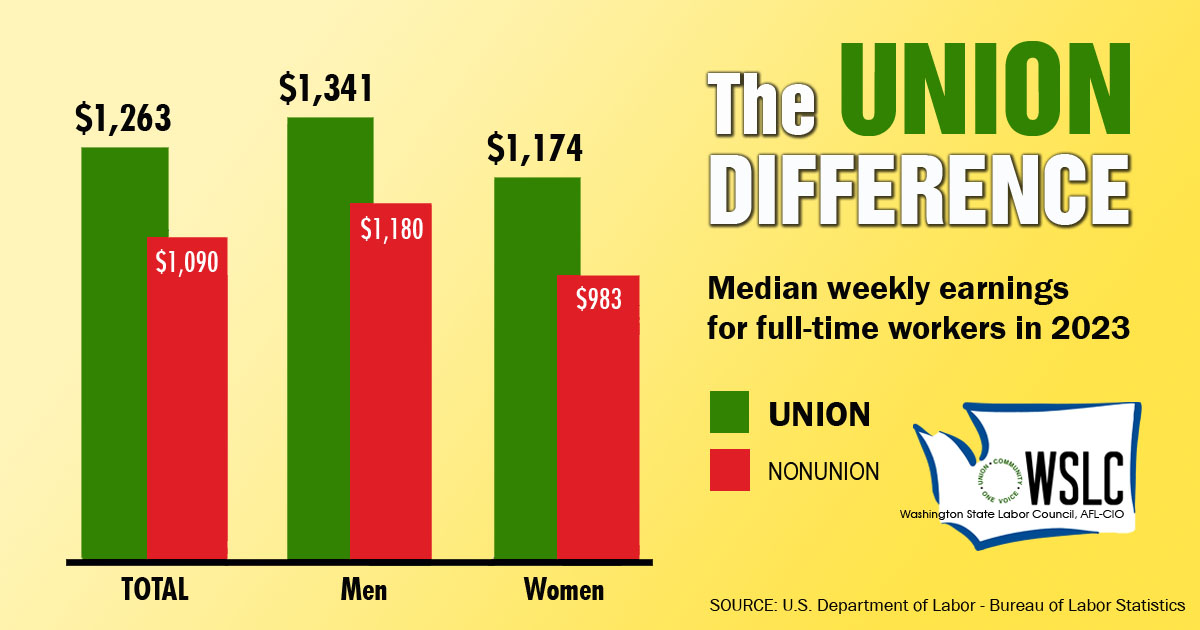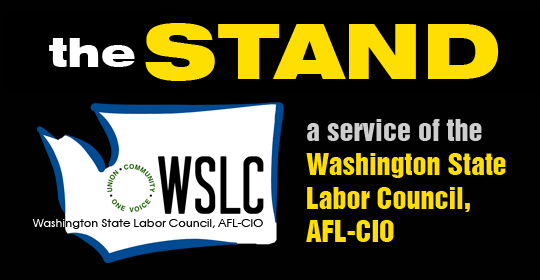OPINION
A time to reflect on U.S. role in Chinese workers’ exploitation
By LYNNE DODSON
(Sept. 22, 2015) — The visit to Seattle by Chinese President Xi Jinping is an historic moment. President Xi Jinping is known for his crackdown on corruption in the government, and opening up Chinese markets. Certainly, the discussions with business roundtable leaders here are geared toward creating more market opportunities in the country with the world’s largest population.
 But President Xi Jinping’s visit is not only for the multinational corporations. It’s also an opportunity to reflect on the status of workers in China, our complicity, and the ways we can stand in solidarity with the working people of China.
But President Xi Jinping’s visit is not only for the multinational corporations. It’s also an opportunity to reflect on the status of workers in China, our complicity, and the ways we can stand in solidarity with the working people of China.
Labor laws in China require employers to follow minimum employment standards. While minimum wages are set by provinces, national law enforces work hours, overtime, holidays, safety, and many other conditions of employment, including the requirement that all employers pay into the social insurance program for their employees which includes pension, medical insurance, work-related injury insurance, unemployment compensation and maternity leave.
Enforcement of labor laws is the key to how workers are treated. Independent unions are not legal in China, and it is also illegal to strike. Nonetheless, workers in China are demanding their rights — with thousands of workers striking in the apparel industry, taxi drivers, teachers, and most recently, e-commerce.
There is plenty to criticize in the treatment of workers, the lack of independent trade unions, and the oppression of workers in China. What we must consider though, in the quest for more global solidarity, is the complicity of the U.S. in this oppression.
It is no secret that U.S. manufacturing — apparel, shoes, technology, toys, electronics, etc. — has moved to China over the past decades as U.S. companies seek lower wages. According to Li Qiang, Executive Director of China Labor Watch, the U.S. criticism of China generally stops short of a critique that threatens the economic interests of the United States. In a recent article, Qiang pointed out that:
Tens of millions of Chinese workers, who make products for multinational corporations that will be consumed by Americans, are working more than 10 hours per day, six days per week, for less than US$2 per hour. Tens of thousands of underage Chinese workers toil on production lines churning out orders for American companies. Factories regularly use toxic chemicals in their production processes and lack adequate safety protocols, leading to many workers suffering injuries or a serious occupational disease. Minority groups and women face widespread employment discrimination by factories across China.
Many of the same companies that will be meeting with President Xi Jinping this week are the companies that profit from the exploitation of Chinese workers. Quang estimates that “for Chinese workers to be paid a living wage and work in conditions in line with Chinese regulations and the corporate social responsibility standards of multinational corporations, the U.S. would collectively need to pay tens of billions of dollars more in labour costs. Abuses against Chinese workers’ rights by American corporations yield enormous economic benefits for the U.S.”
 Yet, what is this cost to multinational corporations? China Labor Watch estimates that, if Apple’s suppliers were to improve working conditions and abide by China’s labor laws, it’s profits would decrease by only 11%. The company that boasts the highest profits of any company last year can surely afford to ensure its subsidiaries are abiding by the labor laws of the countries that produce its phones.
Yet, what is this cost to multinational corporations? China Labor Watch estimates that, if Apple’s suppliers were to improve working conditions and abide by China’s labor laws, it’s profits would decrease by only 11%. The company that boasts the highest profits of any company last year can surely afford to ensure its subsidiaries are abiding by the labor laws of the countries that produce its phones.
Apple, of course, is not the only culprit. And it is no surprise that Adidas, General Motors, Boeing, Amazon, IBM, Dow Chemical, and others are eager to get into the profit party. It is likely their interest in China isn’t only for the burgeoning market and rising middle class, but also for the “opportunities” that exist for the continued exploitation of workers.
It isn’t only corporate greed that’s driving the continued exploitation of Chinese workers. Consumer demand for cheap products, including the “fast fashion” trend, are continuing to drive wages down while production increases. We fail too frequently to consider the true costs of the clothes we’re wearing and the availability of inexpensive electronics. Up and down the supply change, manufacturers are looking for yet lower wages, less worker voice, as their profits continue to climb.
It’s also no secret that currency manipulation has a deleterious effect on U.S. manufacturing. China’s continued currency manipulation makes goods produced there artificially cheaper and American goods sent to China artificially more expensive. The Economic Policy Institute estimates that ending currency manipulation would create between 2.3 and 5.8 million jobs in the U.S.
While the situation is dire, I am heartened by the strength, courage, and will of the people in China who are demanding change. In spite of the illegality, wildcat strikes are happening all across the country. We can stand in solidarity with our sisters and brothers in China (and elsewhere in the world) by demanding that our own multinational corporations ensure their suppliers are abiding by Chinese labor laws.
We can do it by insisting that trade agreements like the Trans-Pacific Partnership include truly meaningful and enforceable labor standards with sure and swift sanctions for violating them — not only for countries, but also for corporations that encourage violations to increase profits. We can insist that our trade policies include language about currency manipulation.
 We can work to raise wages in the U.S. so people can afford to purchase products made without the human toll of our current cheap goods. We can stand in solidarity with Chinese workers who are fighting for fair wages, better working conditions, respect and dignity on the job.
We can work to raise wages in the U.S. so people can afford to purchase products made without the human toll of our current cheap goods. We can stand in solidarity with Chinese workers who are fighting for fair wages, better working conditions, respect and dignity on the job.
Lynne Dodson is Secretary Treasurer of the Washington State Labor Council, AFL-CIO.





